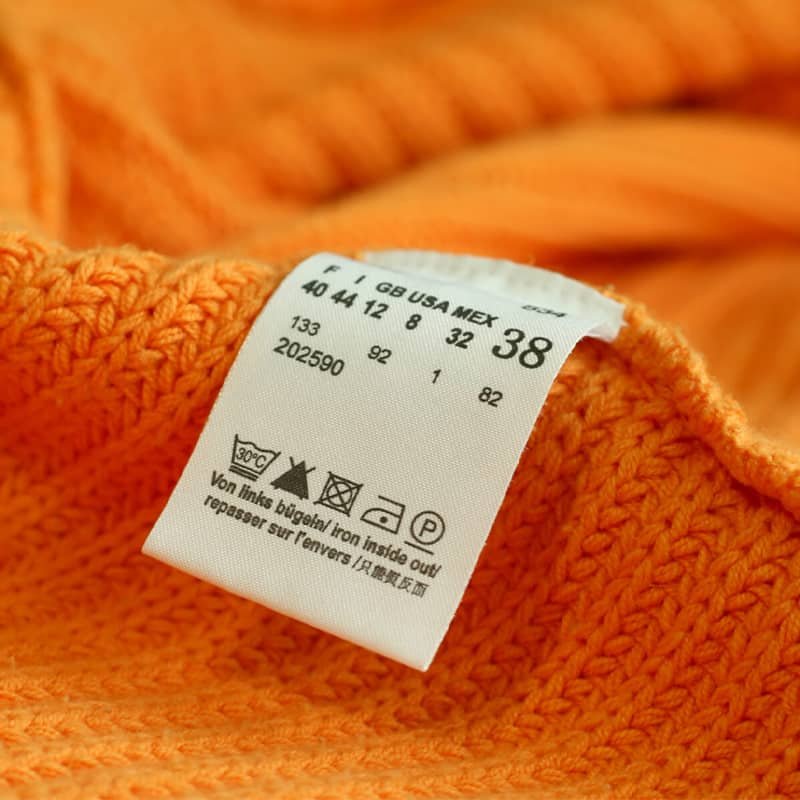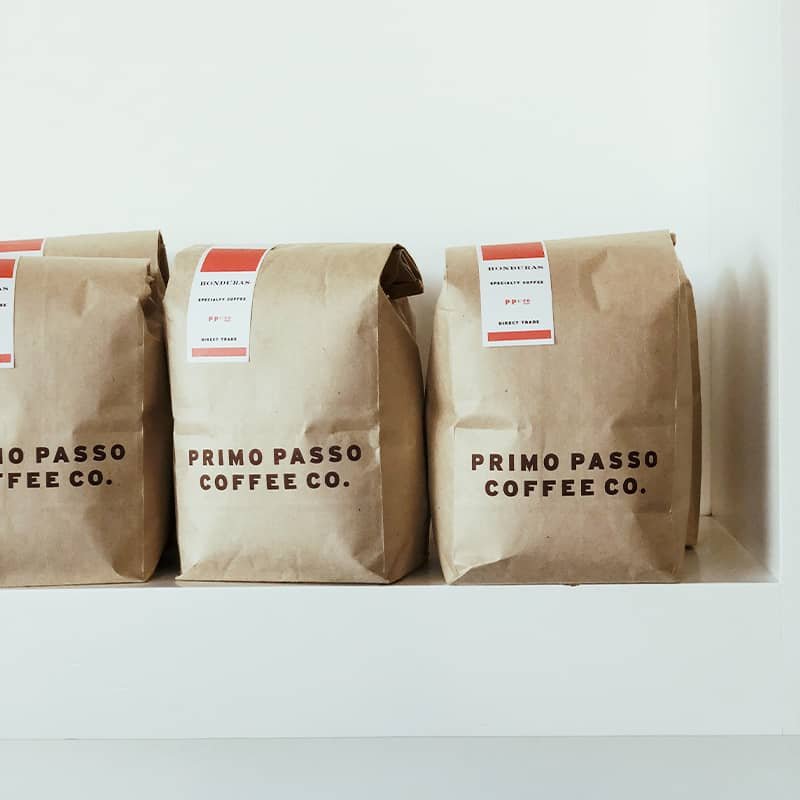What is a label?

A label is a word or phrase that is attached to or associated with a particular thing in order to identify or describe it. Labels can be used to identify and classify a wide variety of things, including products, people, ideas, and concepts.
In many cases, labels are used to provide information about the characteristics, features, or properties of the thing being labeled. For example, a food label might provide information about the ingredients, nutrition, or allergens in a particular product. A clothing label might provide information about the fabric, size, or care instructions for a particular garment.
Labels can also be used to convey information about the purpose or intended use of a thing. For example, a warning label might be placed on a product to alert consumers to potential hazards or risks associated with its use. Similarly, a caution label might be used to alert people to potential dangers or precautions that need to be taken when handling or using a particular item.
Labels are often found on products and packaging, but they can also be used in other contexts, such as in the labeling of documents or files. In some cases, labels may be used to classify or categorize things based on certain criteria, such as color, shape, or size.
Overall, labels serve an important role in providing information and identifying and describing things in the world around us. They help us to better understand and make sense of the things we encounter on a daily basis, and can be a useful tool for organizing and managing information.
Five types of labels

There are many different types of labels that can be used in a variety of contexts. Here are five common types of labels
Identifying labels
These labels provide identification or information about the item or product. Examples include product labels that provide information about ingredients, expiration dates, and instructions for use, as well as labels on clothing that provide size and care instructions.
Warning labels
These labels are used to alert people to potential hazards or dangers associated with a product or activity. Examples include labels on chemicals that warn of potential health risks, labels on electrical equipment that warn of potential shock or fire hazards, and labels on recreational activities that warn of potential risks or injuries.
Information labels
These labels provide additional information about a product or service. Examples include labels that provide nutritional information on food products, labels that provide information about the origin of a product, and labels that provide details about the features and benefits of a product.
Brand labels
These labels are used to identify a specific brand or company. Examples include labels on clothing that display the brand name or logo, labels on consumer electronics that display the brand name, and labels on packaging that display the brand name and logo.
Classification labels
These labels are used to categorize or classify items or products into specific groups or categories. Examples include labels that classify products as organic, labels that classify products as environmentally friendly, and labels that classify products as suitable for specific age groups.
What are the benefits of labels?

Labels serve a variety of purposes and offer many benefits. Here are some examples:
Identification
Labels can identify and describe the contents of a product, such as its ingredients, expiration date, or warnings. This information helps consumers make informed decisions about the products they purchase and use.
Organization
Labels can help organize and classify items, making it easier to find and access them. For example, labels can be used to categorize items in a library or store, or to label the contents of a file folder or storage container.
Safety
Labels can provide important safety information, such as cautionary statements or instructions for use. This can help prevent accidents and injuries by alerting people to potential hazards.
Communication
Labels can serve as a means of communication, conveying information about a product or item to a wide audience. For example, labels on food products can provide information about allergens, nutrition, and other relevant details.
Branding
Labels can be used to promote and differentiate a brand or product. Companies often use labels to distinguish their products from those of their competitors and to create a strong brand identity.
Quality control
Labels can be used to ensure quality control and consistency within a product line. For example, a company might use labels to identify products that meet certain standards or specifications.
Regulations
In some cases, labels are required by law to provide certain information, such as warning labels on cigarettes or ingredients lists on food products. These labels help ensure compliance with regulations and protect consumers.
Overall, labels serve a wide range of purposes and offer many benefits, including helping to identify, organize, communicate, and promote products and items. They also play a critical role in safety and quality control, and can help ensure compliance with regulations.
How do I choose a label?

Choosing a label for a product, service, or organization can be a challenging but important task. Here are some tips to help you choose a label that is effective and appropriate for your needs:
- Define your audience: Who will be reading or using the label? What are their interests and needs? Understanding your audience will help you choose a label that resonates with them.
- Consider your branding: Does the label align with your brand identity and messaging? A label that is consistent with your brand can help build recognition and trust with your audience.
- Be clear and concise: A label should be easy to read and understand. Avoid using jargon or technical terms that may be confusing to your audience.
- Use visual elements: In addition to text, consider using visual elements such as colors, fonts, and graphics to make your label more appealing and memorable.
- Test your label: Before finalizing your label, consider testing it with a small group of people to get feedback and see how it is received. This can help you identify any potential issues or areas for improvement.
- Follow guidelines: If your label will be used for a specific purpose, such as labeling a product for sale, be sure to follow any relevant guidelines or regulations. This could include requirements for font size, placement, and other details.
Overall, the key to choosing a successful label is to consider your audience, branding, and any relevant guidelines, and to create a label that is clear, concise, and visually appealing.







